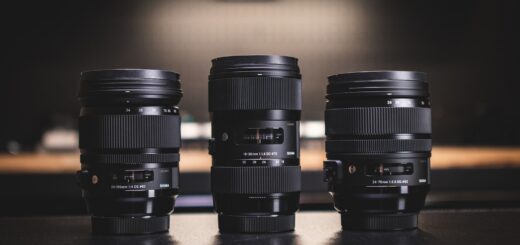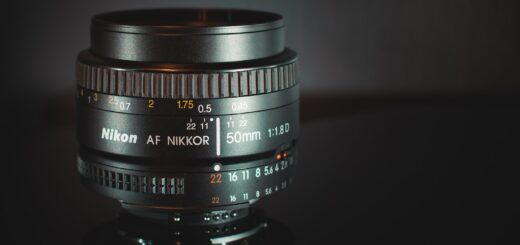Introduction to Camera Image Sensor Sizes

The image sensor is the heart of any camera system, and its specifications have a direct impact on the quality of the final image captured.
The size of the image sensors is one of the biggest factor that affects the look images captured, and we will go through how it affects the images and what some of the considerations to look out for are.
What are the common image sensor sizes?
Interchangeable lens system cameras (both DSLRs and mirrorless cameras) usually shoot in 3:2 format, due to having their roots back to the film days, where each film frame of the common 35mm film measured 36mm x 24mm.
For modern camera sensors, we can loosely categorize their sizes into these 3 groups:
- Full-frame (or FX in Nikon terms), which is equivalent to the 35mm film size
- APS-C, which is a slightly smaller sensor than full-frame sensors while maintaining the 3:2 aspect ratio
- Micro 4/3s (or m43), which is a smaller sensor than both the APS-C and full-frame sensors, and has a 4:3 aspect ratio
It is good to also note that there are several other sizes available as well (such as the larger Medium Format sensors or the smaller 1-inch sensors), but they are fairly uncommon for the mainstream camera systems.
What effect does the image sensor size have?
With everything else being consistent and image size as the only variable, the general trends of the effects of sensor size are:
As a larger sensor has a larger surface area to capture light photons, more information can be captured which results in cleaner images (less noise) than smaller sensors.
A larger sensor takes up more physical space, and also would require additional headroom for processing and cooling, which would lead to a larger camera body housing.
In order to make the image circle cover the entire image sensor, the larger the sensor, the larger the lens has to be.
A larger sensor would require more time to completely pass its data to the CPU.
It is more difficult to fabricate a defect-free large sensor than a smaller one, so the cost per sensor will increase with sensor size.
These effects can be easily observed the evolution of the cameras of mobile phones, as manufacturers these days strive to squeeze in larger sensors into the phones, the camera array starts getting bulkier as well, due to larger lenses being required.
As mentioned earlier, these effects are true when everything other factor is consistent and only the image size is the variable – and in this case, there is no doubt that a larger sensor will provide better image fidelity than a smaller sensor.
However, modern day technology have seen leaps of improvements in computational photography and algorithms, which in turn assist the smaller sensors achieve a higher image quality.
If you are interested in learning more in depth on how the image size affects images and workflow, please continue here to further your reading.








